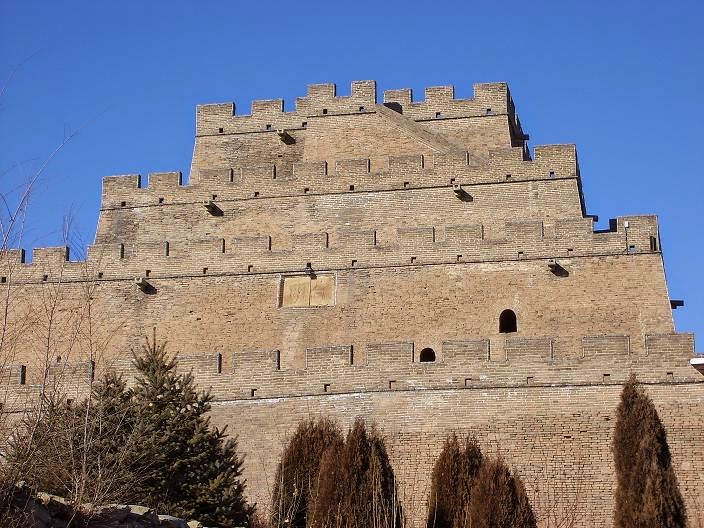Located at the
center of Zhangye City , Bell
& Drum Tower
Built in 1507
during the Ming Dynasty, it was destroyed in 1648 during the Qing Dynasty by
war. In 1668, Zhang Yong, the superintendent of Gansu
The tower consists
of three-tier wood-pyramid structure that has delicate design and majestic
model. It is definitely a traditional ethnic architecture building of China
There is a
decussate hole inside the foundation which points east, west, south and north
and links with the four main streets. On each side of the pavilion, there is a
stele which describes different nature scenes in Zhangye and its vicinity.
Presently, the construction houses a massive bronze bell on the southeast
corner of the tower, which is 1.3 meters (4.2 feet) high with a diameter of
1.15 meters (3.77 feet). The bell weighs 600 kilograms and is delicately
decorated with patterns, such as apsaras flying, dragons and tigers. In ancient
China
The clock tower is
situated on the southeast of Bell and Drum Tower
For more
information, please visit www.top-chinatour.com


















































